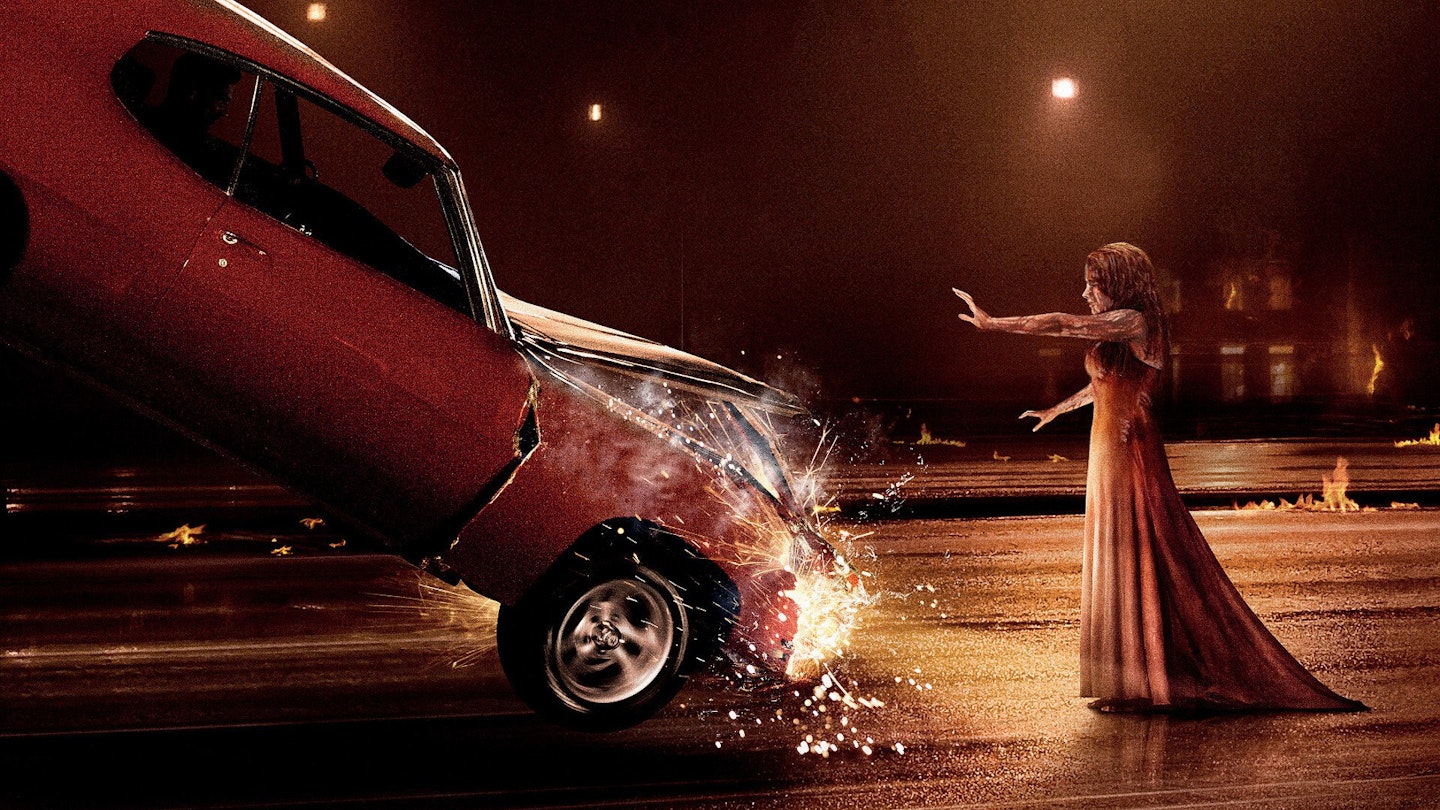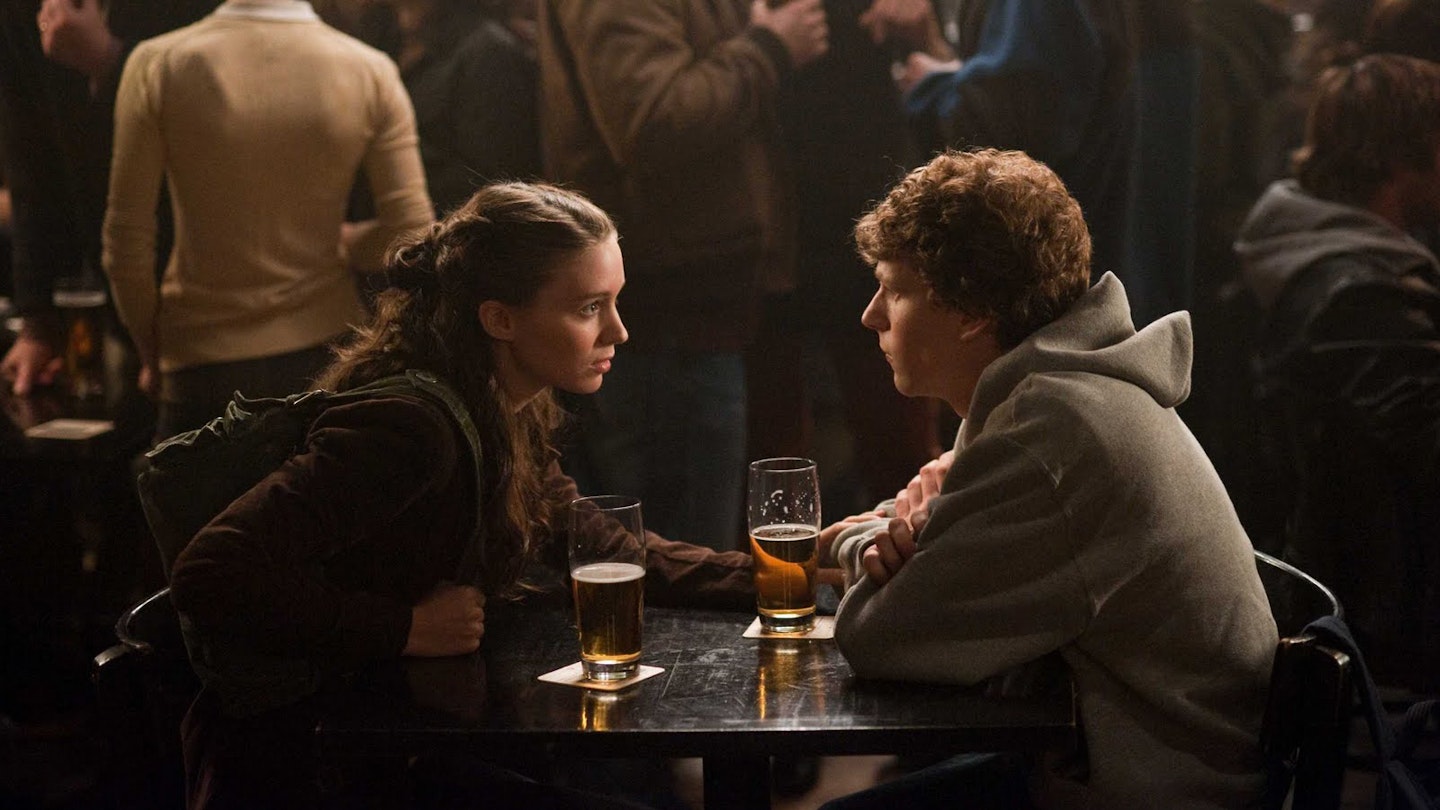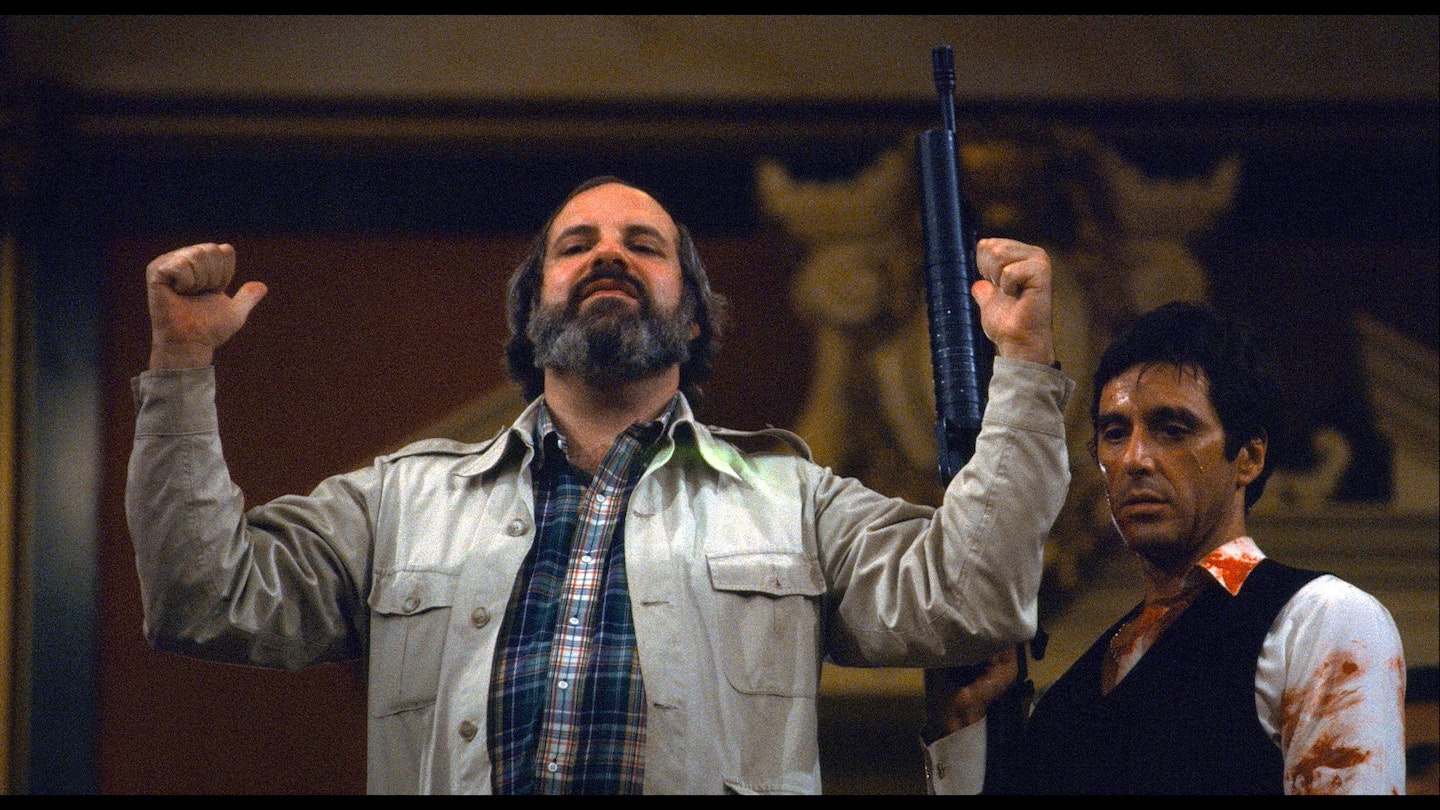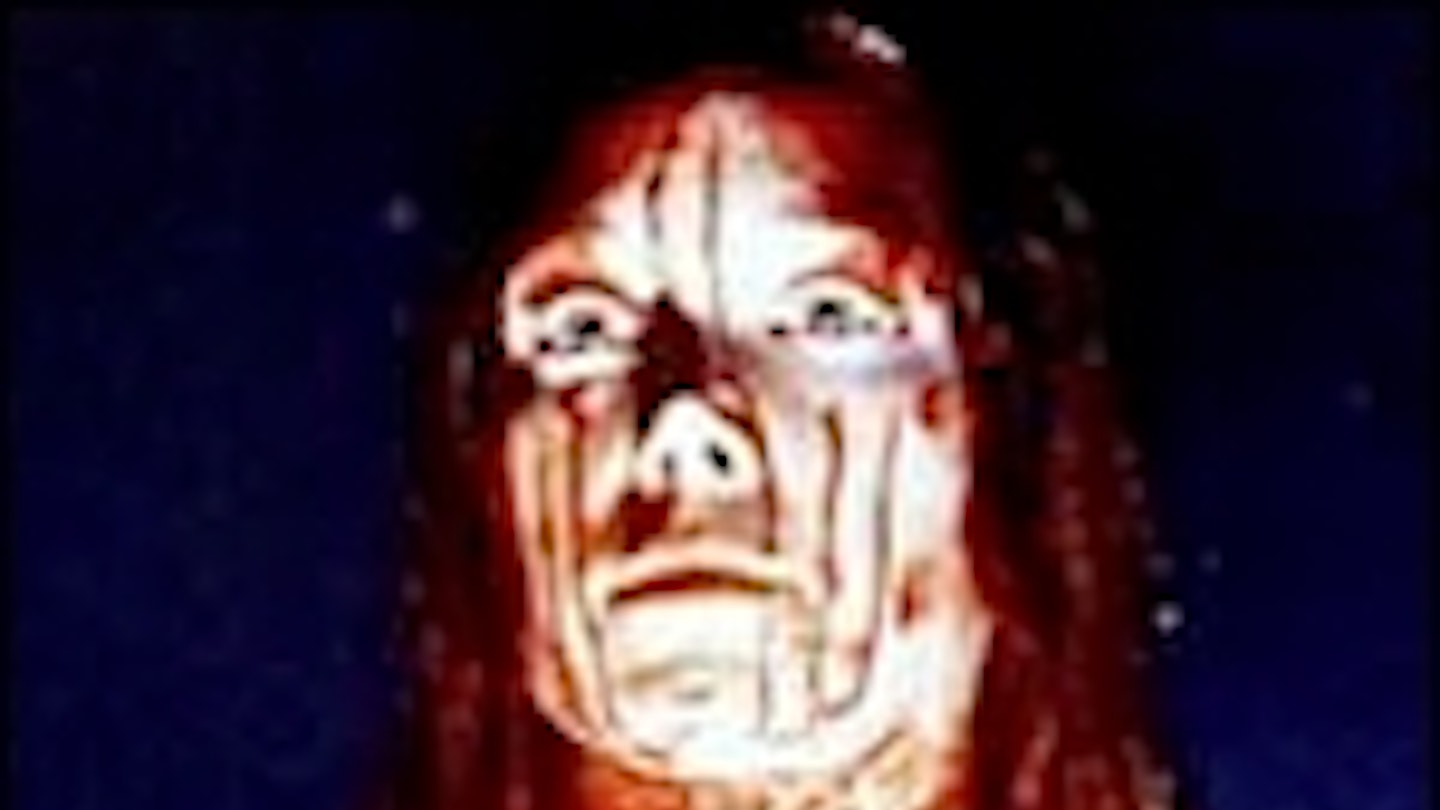Carrie is not a horror film. At least, not according to Brian De Palma. "Horror films are Hammer films, vampires and Frankenstein," he said at the time of Carrie's release. "I love those pictures but I don't feel it's exactly what I'm doing."
Carrie is not even a horror novel. At least, not according to its author Stephen King. "It's largely about how women find their own channels of power," he wrote in Danse Macabre in 1981. "And what men fear about women and women's sexuality." There you go. Not about a teenager who kills everybody on prom night after all. Carrie may be no ordinary horror film or horror novel, but horror it certainly is, exemplifying what some call De Palma's "red period" (Sisters (1972) to Body Double (1984). As King's debut, written while working for $1.60 an hour in an industrial laundry, Carrie set him on the way to becoming one of the most successful living authors and to be fair to this commendably unpretentious man, he describes his own attempts at subtextualising Carrie as "heavy, turgid stuff".
The reason why both book and film worked was that the action took place in a familiar setting, high school. Since Carrie, there have been more high school horror movies than you can shake a pom-pom at, but in 1976, after the success of Carnal Knowledge (1971), American Graffiti (1973) and on television Happy Days, awareness of high school culture was at a new high. Time to tip a bucket of pig's blood all over it. Carrie is a bloody film, but not in the traditional slasher sense. It begins with the sight of menstrual blood and pivots on the blood of an unfortunate porker, but very little human blood is spilt before our eyes (electrocution and burning do for most of Carrie's victims) except, that is, for the kitchen utensil "crucifixion" of Carrie's mom (Piper Laurie).
For all the morbid, vicarious, popcorn-munching fun to be had from De Palma's first and arguably only true cinematic masterwork, Carrie is loaded with subtext for those who seek it. When, in the film's memorable opening sequence, Carrie (a perfectly-cast Sissy Spacek) is taunted over her first period in the communal showers, the religious connotations are implicit the over-the-top notion of the female "curse of blood" dates back to original sin in The Bible and is reinforced at home by Carrie's mom, a self-flagellating, man-hating, fundamentalist nutcase whose own-brand Baptism in the book becomes extreme Roman Catholicism in the film. Plenty to get your teeth into, especially as Mrs. White gets comeuppance for her fervent beliefs.
Is this King and De Palma's revenge against oppressive authority, religion as a whole or paging Dr. Freud! against dear old Mom? It's easy to read under the surface of the blood, the curse, the crucifixion, even the pagan, ritualistic slaughter of the pig. De Palma's skill inhabits three unforgettable set-pieces in Carrie: the shower scene, prom night and the dream-sequence ending. De Palma's decision to play the first in soft-pornographic slow-motion (soft focus implied by steam) is unsettling, especially when it snaps back to real-time on Carrie's discovery. The prom is a true tour de force and actually Hitchcockian in its understanding of suspense (we know the bucket of blood is suspended above the stage; Carrie does not). More slo-mo ups the impact as Carrie and suitor William Katt approach their fate, and the famous split-screen payoff which took De Palma six whole weeks to cut together is a rare case of gimmickry well employed in the name of narrative.
The "Carrie White burns in Hell" finale, as dreamt by a guilt-ridden Sue (Amy Irving), which involved Spacek being buried in a coffin under rocks, has entered the annals of the All-Time Great Movie Endings. It's one of the few tricks screenwriter Laurence D. Cohen did not glean from the novel. It's fitting that such an influential film should have effectively patented the dummy ending that is now an obligation of every two-bit slasher. Not exactly the first time a hand had emerged from a grave, admittedly, but the tactic was skilfully executed it works every time, like Ben Gardner's head in Jaws.
The film's $1.8 million budget prevented De Palma from depicting Carrie's walk home as it appears in the book (by the time she gets there, half the city of Chamberlain is ablaze), but the route from King novel to the screen would not be as carefully trodden again until Frank Darabont went to work.








